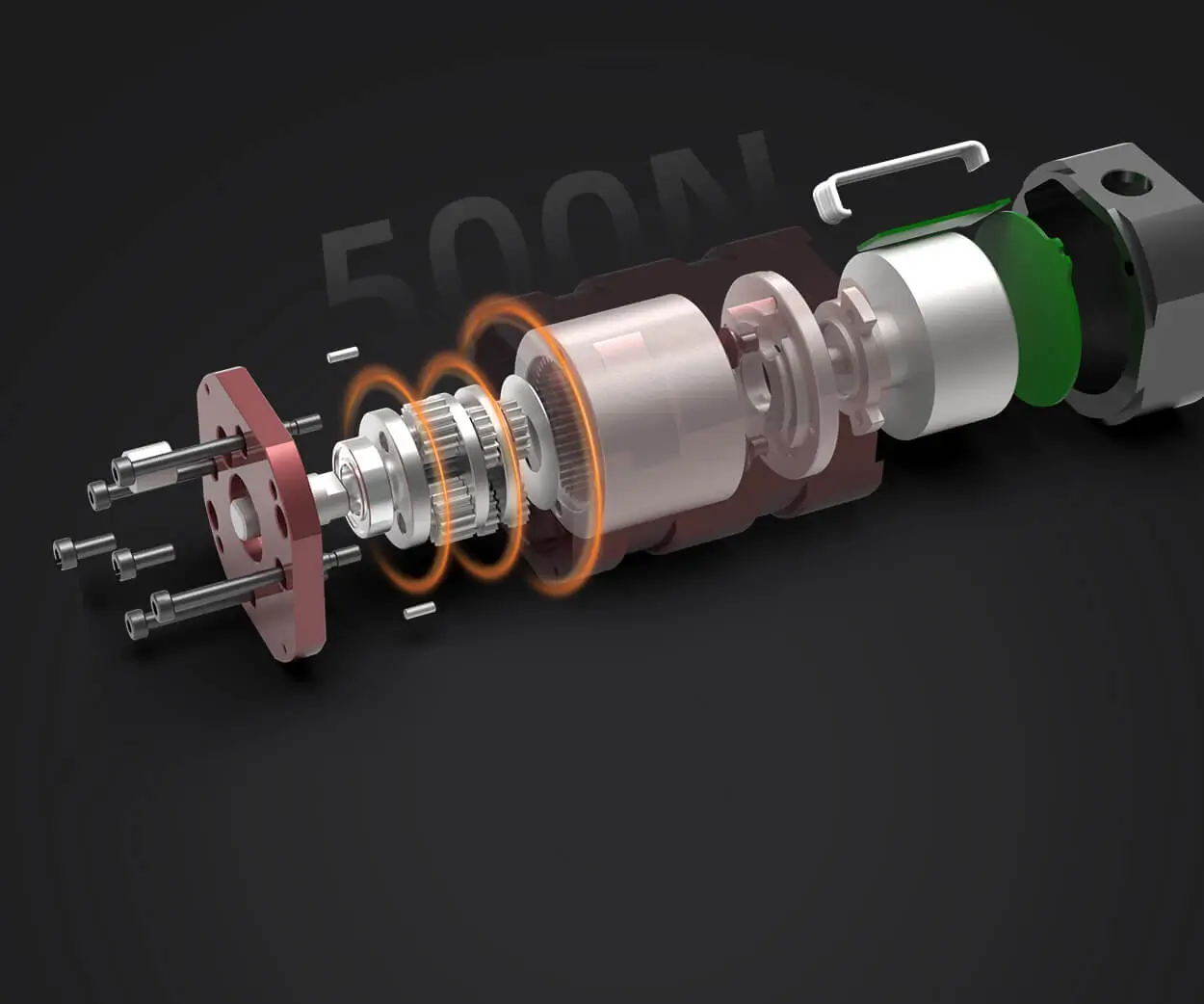Certainly! Here’s the first part of a captivating soft article centered around the theme "servo motor 0 to 180 degrees." I'll make sure it’s engaging, informative, and appealing.

Unlocking Precision: The Fascinating World of 0 to 180-Degree Servo Motors
In the sprawling universe of robotics and automation, few components evoke as much wonder and utility as servo motors. These miniature marvels serve as the heart of countless devices—from robotic arms to camera gimbals—thanks to their ability to precisely control angular position, speed, and torque. Among the numerous types available, the 0 to 180-degree servo motor is particularly popular, offering a perfect balance of simplicity and functionality for a wide array of applications.
Understanding the Basics
At its core, a servo motor is a rotary actuator designed to provide precise movement and control. Unlike regular motors that spin continuously, servos are equipped with a built-in feedback system—typically a potentiometer—that continuously informs the control circuit of the shaft’s current position. This feedback loop allows the servo to adjust its movement and settle at a specific angle, making it highly suitable for tasks requiring exact positioning.
The 0 to 180-degree designation refers to the servo’s rotational range—capable of turning from a complete starting position (usually 0 degrees) to a maximum of 180 degrees. This semi-circular motion is enough for applications like steering control, pan-and-tilt mechanisms, and precise robotic joints. It’s a sweet spot that offers significant flexibility while remaining simple enough for hobbyists and engineers alike to implement.
Why 0 to 180 Degrees?
So, why is this half-circle movement so popular? There are multiple reasons. First, many mechanical systems are designed to operate within this angular span—a car’s steering wheel, a robotic arm’s joint, or a camera’s pan axis. Second, servo motors that reach only 180 degrees tend to be more cost-effective, easier to control, and often more durable than their full-rotation counterparts. Moreover, the 180-degree range offers enough flexibility for most practical scenarios without overcomplicating the control mechanisms.
How Does a 0 to 180-Degree Servo Motor Work?
The magic starts with the control signal—usually a Pulse Width Modulation (PWM) signal. When you send a PWM pulse of a specific width, the servo interprets this as a command to rotate to a certain position within its range. For example, a pulse of 1 millisecond might direct the servo to 0 degrees, while a pulse of 2 milliseconds might push it to 180 degrees. Adjusting the pulse width incrementally allows smooth, precise positioning.
The internal circuitry of the servo then works tirelessly to match the commanded position. It employs a small, efficient motor connected to a gear train that multiplies the motor’s torque. The feedback potentiometer continuously informs the servo’s controller of the current position, enabling it to make real-time adjustments. This closed-loop control ensures that the servo stays locked at its desired angle, even when external forces try to shift it.
Applications Galore
This simple yet elegant movement range makes 0 to 180-degree servo motors indispensable across a multitude of fields:
Robotics: From robotic arms mimicking human motions to grippers opening and closing with precision, these servos are the backbone of articulated movement.
Aerospace and Drones: Gimbal stabilization systems depend heavily on accurate servo control to keep cameras steady.
Automotive: Modern cars utilize servo steering mechanisms and other automation systems relying on precise angular control.
Hobby Projects: Whether building a mini robot, animatronics, or remote-controlled vehicles, enthusiasts find these servos easy to use and highly effective.
Industrial Automation: Tasks like valve positioning, conveyor sorting, and adjustable fixtures employ 0 to 180-degree servos for their predictable, repeatable motion.
Advantages of 0 to 180-Degree Servo Motors
Compared to other types, 0 to 180-degree servos offer several notable benefits:
Simplicity: Their controlled range simplifies design and programming, making them user-friendly even for beginners.
Cost-Efficiency: Generally cheaper than continuous rotation servos or more complex systems, they give good value for money.
Fast Response: They provide quick and accurate positioning—perfect for real-time adjustments.
Compact Design: Their small size allows integration into tight spaces, common in DIY and industrial setups.
Limitations and Considerations
While versatile, these servos aren’t without limitations. Their angular range caps at 180 degrees, making them unsuitable for applications demanding full rotation or multiple turns. They also require a steady power supply and proper calibration for consistent performance. The gear train, while robust, can wear over time, especially under heavy loads or rapid movements.
Choosing the Right Servo
Selecting the appropriate 0 to 180-degree servo involves understanding your project’s demands:
Torque needed: Heavier loads require more torque.
Response speed: Faster systems may need servos with quicker response times.
Voltage and power compatibility: Ensure your power supply matches the servo’s specifications.
Size constraints: Compact projects need smaller servos.
Once you identify these parameters, you’re well on your way to integrating a servo that fits your needs like a glove.
Shall I proceed with the second part?
Kpower has delivered professional drive system solutions to over 500 enterprise clients globally with products covering various fields such as Smart Home Systems, Automatic Electronics, Robotics, Precision Agriculture, Drones, and Industrial Automation.




































